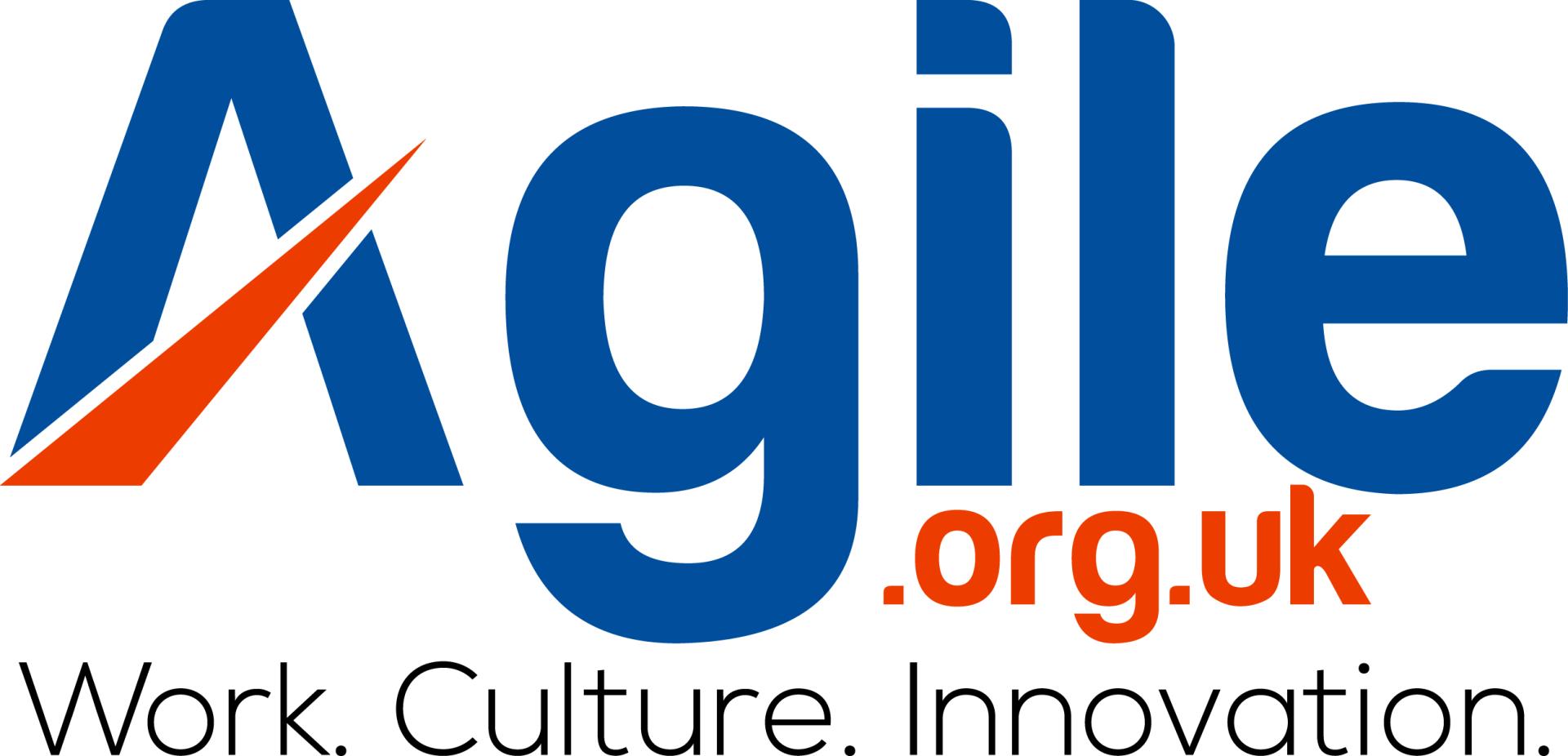The pace of digital work demands that organisations move faster than ever before. From software deployment to service updates, speed has become the ultimate measure of competitiveness. Yet, in the race to deliver, one crucial factor often gets left behind: trust.
Agile teams know that shipping quickly is only half the challenge. The real test is whether stakeholders believe in what is being delivered. Does the process feel transparent, dependable, and rooted in shared understanding? When delivery speed outpaces communication, trust erodes. Without trust, even the most efficient sprint can fail to create lasting value. True agility is not just about acceleration. It is about credibility in motion, where visibility, not velocity, is the true engine of sustainable rapid delivery.
The Speed-Trust Paradox
Across the digital landscape, users have come to equate speed with reliability. People trust the systems that respond quickly and clearly, where every stage of a transaction or interaction is visible and verifiable.
A clear example of this can be seen across various high-speed digital sectors. For instance, comparison sites highlighting the best online casino fast payout options demonstrate how transparency, such as clear withdrawal times and public transaction data, immediately converts speed into user trust. The benefit is not only fast payouts. It is the reassurance that comes from seeing a traceable, verified process at work.
The same instinct appears across many everyday digital services. Deliveroo, for example, earns confidence through live-tracking features that let users follow each stage of an order. The process itself becomes proof of reliability. People can see their food being prepared, collected, and delivered, removing uncertainty through real-time visibility.
PayPal applies the same principle to online payments. Every transfer is followed by an instant confirmation, with a clear record of where and when money moves. Users do not just value speed. They value the confidence that comes from immediate verification.
Across all these examples, the pattern is consistent: speed alone does not build trust. Visibility does. Agile delivery operates on the same foundation. Stakeholders gain confidence not from promises of faster output, but from the transparency that makes progress observable and accountable.
Trust as an Agile Metric
Agile frameworks were designed to make work visible, yet many teams still measure success mainly through velocity. In truth, trust is the deeper metric. It shows up in how teams communicate, how predictably they deliver, and how openly they respond to change.
Trust, of course, is a qualitative concept, but its effects are quantifiable. Teams should track proxies like Change Failure Rate (signalling reliability), Stakeholder Satisfaction scores post-review (measuring perceived value and transparency), and Defect Leakage to Production (showing credibility in quality control). These metrics move the conversation away from how fast the team is going to how well the system is holding up under speed.

Woman in blue tank top standing beside white wall photo – Free Office Image on Unsplash
From Velocity to Visibility
High velocity without clarity can lead to chaos. Agile rituals such as sprint reviews, retrospectives, and stand-ups exist to turn speed into transparency. When progress is visible, stakeholders understand both the momentum and the reasoning behind it. Teams that manage this balance rarely face the “surprise factor” that erodes confidence during delivery.
Predictability: The Quiet Form of Reliability
Trust is also about consistency. Agile maturity is not measured by one sprint’s speed, but by a reliable cadence of delivery over time. Predictability signals control, the same quality users expect from the digital systems they interact with every day. Teams that deliver steadily, communicate clearly, and adapt openly establish trust as a default setting.
Psychological Safety and Team Credibility
Inside the team, trust functions as psychological safety. Members share feedback, raise blockers, and own mistakes without fear. That openness creates the same environment Agile seeks to deliver externally: transparent, responsive, and dependable. Trust, both inside and outside the sprint, becomes the system’s true strength.
Building Confidence into Rapid Delivery
Fast delivery only works when it is supported by clarity. Here is how teams can make speed and trust reinforce one another instead of competing.
- Make Progress Observable: Stakeholders should be able to see progress at any point in a sprint. Dashboards, visual roadmaps, and open demos turn invisible work into visible proof. When stakeholders can trace delivery, they invest belief in it.
- Transparency as Process, Not Performance: Transparency is not a performance metric. It is a way of working. Sharing blockers, shifting priorities, or showing incomplete work fosters confidence that the team is being honest, not hiding behind polish.
- Balance Automation with Human Oversight: Automation drives speed, but trust still depends on visible human judgment. Pair automated pipelines with open review processes. When stakeholders know who is accountable, rapid delivery feels deliberate, not reckless.
- Communicate Outcomes, Not Only Outputs: Agile work should not end with “what we shipped” but “what it changed.” Explaining value and learnings builds long-term credibility. The goal is to make every sprint review a story of improvement, not just completion.
The Sustainable Sprint: Trust as the Product
In the end, agility is not about speed for its own sake. The real currency of rapid digital delivery is confidence: the belief that teams can move fast and stay true to their principles.
The fastest organisations are not those that chase motion. They are those that make progress visible, explain decisions, and invite participation. When speed becomes transparent and repeatable, it earns trust. Agility is more than acceleration. It is credibility, delivered at pace.











